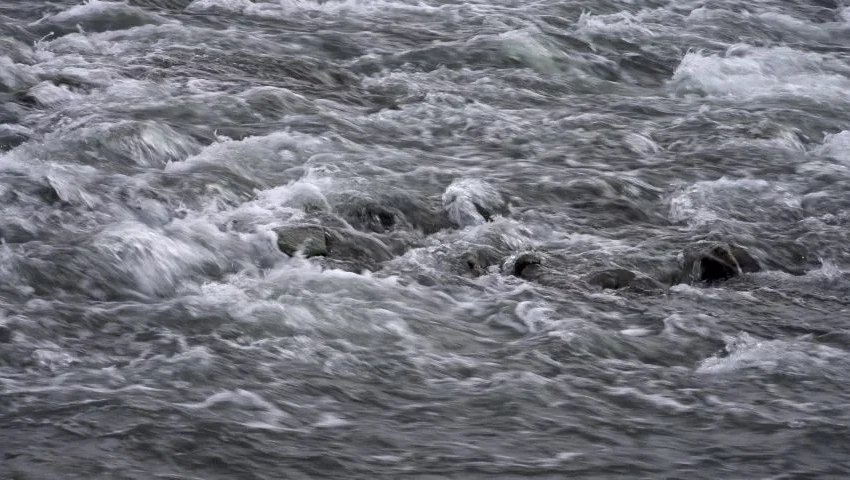
This decision point regarding appreciation versus apprehension seem to be aligned with what Peter Vaill (1996, pp. 73-75) identifies as “feeling learning”:
“Feeling learning is one of the most important modes of learning as a way of being because the pace, pressure, and complexity of permanent white water can leave us distracted, anxious, and breathless. Millions of us go through years of intensive learning in the institutional learning mode without ever getting much help in feeling and internalizing what we are learning and what we know. The institutional learning model tends to omit all the deeper modes of learning and knowing and the help we need with these, not because the philosophy of institutional learning denies the existence of the deeper modes so much as that it lacks methods for conducting learning at this level. Learning as a way of being is learning by a whole person, and that means feeling the learning as well as possessing it intellectually.
Feeling learning probably is one of the most important factors in retention of what is learned. Maybe the reason information we “cram” is retained only for a short period is that we do not develop our feeling for the material but try only to remember it on a technical level. Feeling learning also enormously enriches the learning experience. Even institutional learning expresses this in one of its favorite cliches, the “love of learning.” Love of learning is real. And it is essential.”
It would seem that the conversion of apprehension to appreciation and the savoring of Awe and anticipation of Flow are moments of feeling learning. Apparently, we don’t even have launch our kayak in order to begin the learning process. We learn about ourselves at the moment we decide to engage the turbulent environment of the river.
There is additional learning on the river. Peter Vaill mentions several kinds of learning that take place in the whitewater world. In setting the frame for presentation of these forms of learning I turn to the fundamental insights regarding learning that were offered by Jean Piaget, the noted Swiss biologist and observant child psychologist. He distinguishes between the assimilating and accommodating dimensions of all significant learning.
Assimilation: Piaget proposed that there are to every coin of significant learning. One side of the coin is Assimilation. As a learner, I must have an existing frame of reference for any new experience I encounter. Without this frame, I will not be able to make any meaning of the new experience or will label it and absorb it inaccurately. The other side of the coin is Accommodation. I must somehow adjust what I now know or believe given the new experience. If nothing changes, then nothing is learned.
When turning apprehension about the whitewater world into an opportunity for new learning, I must first do some assimilating. I must find a way to move beyond just Awe regarding the turbulent world face. I must somehow make this world of whitewater make some “sense.” There are three actions I might take. First, I can appreciate what I already know and what I have already done in other whitewater world. Second, I can remain clear, as Vail (1996, pp. 187-188), proposes, about mission and purpose. Why am I on the river. And why am I seeking to learn something new. I am on the river. I am leaving “on behalf of” something of importance. I am reminded of the Tarot card of the Charioteer. He is traveling forward–yet carrying his chariot with him. At a more mundane level, it is like the snail who carries its shell while moving through its environment. My mission and purpose are the chariot and shell.
Download Article














